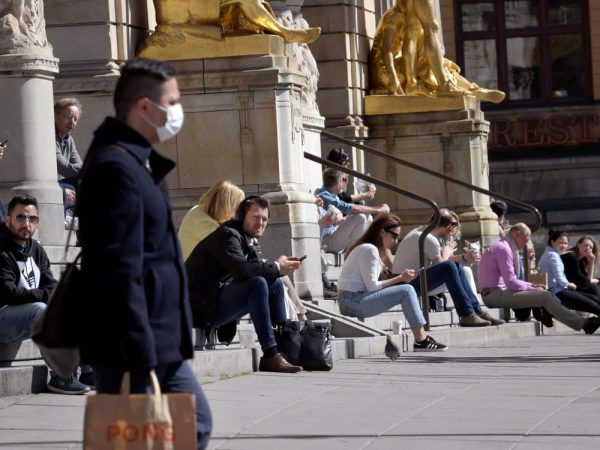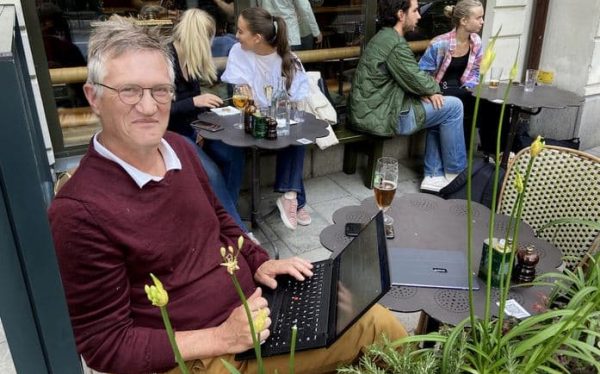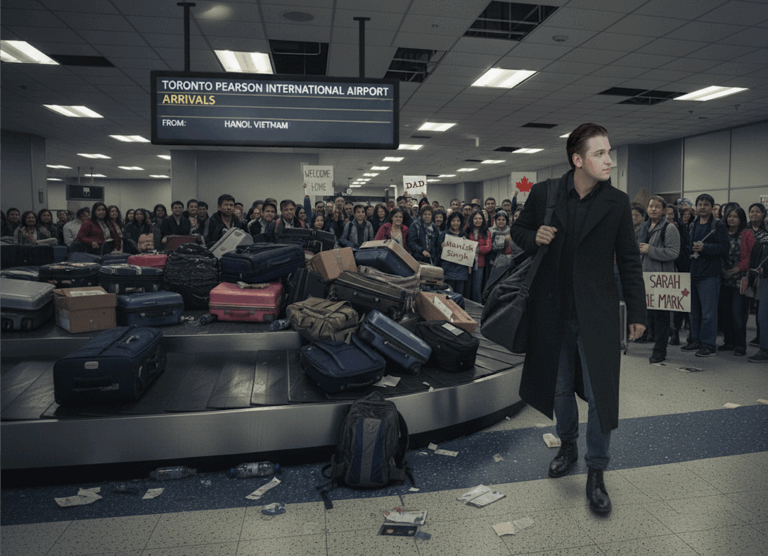After being all-but locked down since mid-March, Canadians are emerging to face the incomprehensible damage that has occurred in just 12 weeks. Besides the patients and valiant front-line workers who succumbed to the Covid-19 virus, shutting down large sectors of the economy caused thousands of lost businesses, millions of lost jobs, and billions (perhaps trillions) in lost savings. The Prime Minister’s spending announcements, delivered from in front of Rideau Cottage, added more than $20 billion to our national debt – per week.
With the benefit of hindsight, let us examine two vital questions.
Was confining much of the working-age population the right decision?

According to Public Health Agency of Canada data, there had been 7,773 Covid-19 deaths in Canada as of June 7. Federal Chief Medical Officer Theresa Tam has confirmed that 81 percent of them were linked to long-term care facilities. Of the remaining 1,482 deaths, most were people over the age of 70. Only 229 of the total deaths were aged under 60 and almost all of those had pre-existing health conditions. Clearly, for a healthy working-age person, the risk of dying from Covid-19 is significantly lower than dying by accident or from other diseases.
If Canada’s working-age people hadn’t been removed from the workforce plus been subjected to such severe general restrictions – everything from being barred from medical and personal care appointments, to cancelling travel and being unable to go about their daily lives, nearly all of which involves economic activity of one sort or another – Canada’s economy would have continued to function without the job losses, bankruptcies and tragic social impacts including mental health deterioration, suicides and family violence. And without the need for the crippling increases in our national debt. In hindsight, keeping healthy working-age people away from their jobs – the first such quarantine ever undertaken – may be the most damaging decision in Canadian history.
Did the shutdown of surgical wards to prepare for Covid-19 victims cost more lives than were saved?
These shutdowns came as Canadians in need of health care were already suffering on long waiting lists. A December 2019 Fraser Institute report found that waiting lists averaged 20 weeks and totalled more than 1 million people. Cancer, cardiac and other patients who had finally been given a surgical date were sent notices of indefinite postponement. The mental anguish of knowing that a tumour continues to grow or a blocked artery might cause a heart attack adds even further medical risk. Now, three months later, no one knows how much longer their wait will be. B.C., for example, has announced that it will take as long as two years to work through its 30,000 cancelled surgeries. Ironically, B.C. Health Minister Adrian Dix has now turned for help to the same private clinics he’s been trying to shut down.


Preparing for the possibility that hospitals could become overwhelmed by Covid-19 victims was a prudent decision. The problem is that our medical system went into the crisis with essentially zero unused capacity and the longest waiting lists in the OECD.
Statistics Canada data shows that, in 2018, cancer and cardiac deaths totalled 132,699 nationally. Delays in treating these diseases seem likely to overwhelm the lives saved from focusing on Covid-19.
Did Sweden get it right?
Severe impacts of the lockdowns are also being seen in other Western countries, except one. Sweden adopted a no-lockdown policy that Norway’s State Epidemiologist criticized as “going against the whole world”. Sweden has seen a relatively high death rate compared to its Scandinavian neighbors, but it is well below that of Britain, Spain, and Italy, and about the same as France. And Quebec, with 2 million fewer inhabitants, has had more deaths than Sweden.
Fear of another lockdown will hold the economy in a debilitating limbo because businesses cannot afford to take the risk of reopening. Many will simply close down permanently, adding to the already-immense toll. Few new projects will be started, because investors will remain on the sidelines.
While unemployment has risen, the Swedish economy remains essentially intact and there’s been no need for massive increases in public debt. Also noteworthy about Sweden’s response to the coronavirus was that it was implemented largely through persuasion and suggestion, and succeeded through social consensus, rather than through government edicts as in Canada. These at times seemed erratic and arbitrary as well as heavy-handed, and some are now facing constitutional legal challenges.


What were the main elements of Sweden’s “going against the whole world” policy?
Swedes were encouraged to work from home, follow good personal hygiene and practice physical distancing. They were instructed to self-isolate if unwell. The elderly and immune-compromised were advised to stay home. Universities were closed, but schools for children under 16 remained open. Shops, daycares, bars, restaurants, and gyms also remained open. Gatherings were limited to 50 people.

These mid-pandemic measures are virtually the same as those planned in Canada for the phased reopening our economy. And that raises a crucial point. Epidemiologists are warning, “The virus is still out there”. But with relatively few Canadians having gained immunity by contracting the virus, there’s no reason for our susceptibility to be any different than it was before the shutdowns. So why should we expect the final death toll to be any different than if, rather than impose the general lockdowns, Canadian governments had taken a more restrained approach and implemented those measures in the first place? What is dramatically different between Canada and Sweden is that we face the huge challenge of restarting a severely damaged economy. As Sweden’s State Epidemiologist Anders Tagnel notes, “It’s very hard to stop a lockdown”.
Here are some items I believe are crucial as we take on that challenge.
Governments must immediately declare that the lockdowns will not be reinstated. Fear of another lockdown will hold the economy in a debilitating limbo because businesses cannot afford to take the risk of reopening. Many will simply close down permanently, adding to the already-immense toll. Few new projects will be started, because investors will remain on the sidelines.

Open the secondary schools. There have been zero deaths of children under age 16 in Canada. And there’s a growing consensus that their light viral load makes children unlikely spreaders of the virus. Rather than being the most vulnerable, as they were to the Spanish Flu a century ago, they appear to be the least vulnerable to Covid-19. Reopening schools therefore poses low risks. When summer ends, many parents need to get back to work, rather being kept home supervising their children.
Students should bypass universities. Universities and many colleges have announced that in-person classes will not reopen in September (even if governments fully reopen the rest of society), while simultaneously increasing tuition. Students shouldn’t simply accept this reduction in teaching quality combined with the affront of higher costs. Since they’ll be forced to learn in a virtual environment anyway, they should take advantage of other online learning opportunities to bypass universities and their high tuition fees. To support this choice, and signal to colleges and universities that their selfish tactics are unacceptable, governments should mandate the recognition of online credentials from credible providers.

Don’t leave pandemic response measures solely in the hands of Chief Medical Officers. They did their job of “flattening the curve” well. But the measures taken should have also considered the impact of hospital bed closures on treatment of other diseases, small business owners who face losing everything, stress-induced mental health deterioration, suicides, family violence, long-term unemployment and massive public debt.
The strategy to cope with any new outbreak should include our best financial, business, education and mental health experts working as a team. These teams should be assembled immediately as we navigate the unknown course of the corona virus. There’s little point to sweeping measures that over-protect the entire population against a single virus if the resulting damage is so severe that the nation in its weakened state can’t cope with future crises, whether those are health-related or otherwise. For such crises will surely occur.
Gwyn Morgan is the retired founding CEO of Encana Corporation.





